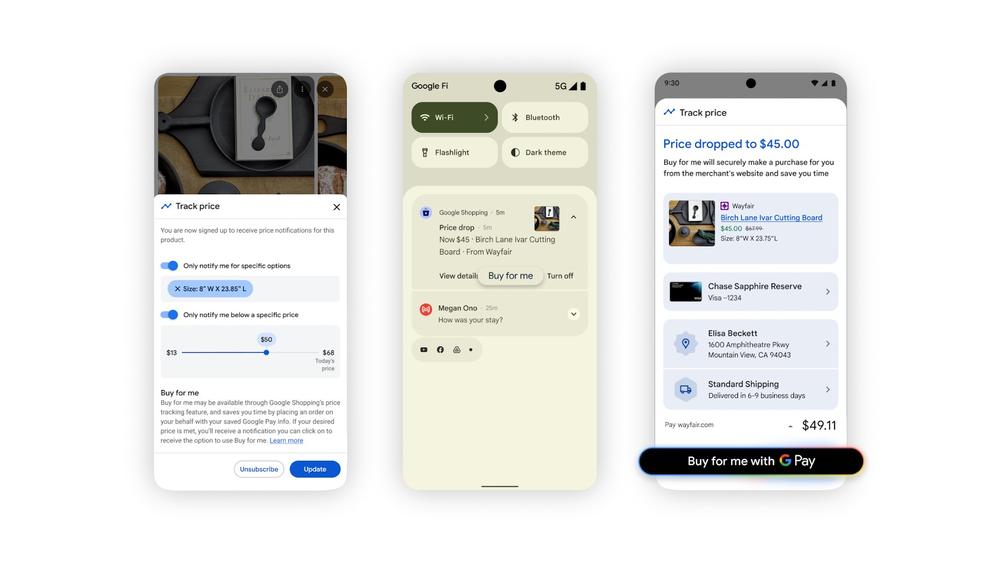Over the last five years, Magic: The Gathering games have gotten a bit strange. Cards featuring characters from Final Fantasy, Spider-Man, and, in a few weeks, Avatar: The Last Airbender are starting to show up with increasing frequency, making a typical Friday Night Magic game look more like a match in Fortnite. For some, this is a welcome change, allowing Magic to entice newcomers and invigorate existing players with properties they know and love. But others feel this focus on licensed sets comes at the expense of Magic’s identity, quality, and longevity.
Depending on who you talk to, Magic crossover sets have been around since the early days of the game with the Arabian Nights set released in 1994. But the modern idea started in 2020 with Magic’s Secret Lair product. Originally, Secret Lair products weren’t full sets, or even original cards. Existing Magic cards were revamped with new art from popular artists or IPs and sold at a premium as collector’s items. However, with The Walking Dead Secret Lair, Magic publisher Wizards of the Coast decided to create totally new cards set within Robert Kirkman’s zombie universe — and it blew up.
“From Wizards’ side, it was a slam dunk,” said Shivam Bhatt, an MTG content creator and former MTG consultant who’s been a player for most of the game’s 30-year history. “Make six cards, sell a gillion of them, and you get a chance of getting people to come into the game.”
From there, Magic expanded on that formula, going from six-card Secret Lair drops to developing whole decks for the game’s Commander format. To set this new family of cards apart from cards set within Magic’s own storytelling universe, Wizards of the Coast called these crossovers Universes Beyond, or UB. These experiments sold so well that Magic decided to expand again into full sets, starting with Lord of the Rings, which, at the time, became Magic’s best-selling set ever. It was official: UB was a hit, which was a good thing for Wizards’ parent company, Hasbro.
“Ultimately, the reason Universes Beyond exists is because Hasbro is a dying company,” said Emma Partlow, MTG content editor at TCGPlayer, one of the biggest resources and retailers for collectible card games. “But if you put Wizards of the Coast in that they’re just breaking records every quarter, they’re one of the only things keeping Hasbro afloat.” (Hasbro’s Monopoly GO!, frequently at the top of most-downloaded mobile games lists, is the other.)
These successes led to WotC going all in on Universes Beyond, so much that it’s starting to cause concern among Magic’s core player base. Magic is a heavily stratified game with different formats in which different sets of cards are legal to use. These different sets were arranged on two different release tracks: standard and supplemental. On the standard track are all the sets that are legal in the Standard format — the main competitive format of Magic — and form the core of MTG’s yearly release schedule. The supplemental tracks are the sets that are for different formats, like Commander and Modern.
Up until this point, Universes Beyond has largely been kept on the supplemental track, and in 2021, Wizards of the Coast said that’s where it’ll stay. “Universes Beyond cards will not be Standard legal,” read a blog explaining Universes Beyond. “This is purely a cool thing we’re doing in addition to all the other cool things we’re already doing.”
But that calculus changed in 2025 when the first Universes Beyond sets were permanently brought onto the standard track. MTG’s vice president of design, Aaron Forsythe, explained that the change was essentially to give the players outside the Standard format a new place to play their cards, but it seems to be coming at the expense of existing Standard players.
“The number one problem with Universes Beyond is that [Wizards] decided to put them in the core competitive formats so they’re no longer an opt-in product,” said writer, games journalist, and Magic enthusiast Aidan Moher. “You can no longer ignore it.”
In 2025, the split between in-universe sets and UB sets was even at three apiece. Next year will feature a Ninja Turtles set, a Marvel superheroes set, The Hobbit, and Star Trek. For the first time, UB sets will outnumber the in-universe ones, which could be alienating to players who enjoy Magic for its own distinct storytelling universe. “I think a lot of people are feeling threatened in their space just because here’s all this advertisement seeping into Magic,” Partlow said.
“I think a lot of people are feeling threatened in their space”
There’s also a concern with these sets’ quality and price. While Final Fantasy was a runaway success, the next UB set, Spider-Man, was not. Like many games, Magic sets take years to design and develop. Spider-Man, being a UB set, was originally conceived as a supplemental set, which typically has fewer cards than a standard one. However, the decision to switch from supplemental to standard required that designers add more cards to fill out the set.
“It felt like it was just thrown together,” Bhatt said. “It felt cheap and rushed and unpleasant.” There’s also the setting of Spider-Man itself, which, according to Moher, didn’t quite match Magic’s high-fantasy identity. “All of a sudden you have a card that’s bagel and schmear or like the guy on the computer,” he said. “It’s just strange and anachronistic.”
That antipathy is impacting the game’s secondhand market. Packs of Universes Beyond cards typically cost a few dollars more than in-universe packs. That cost increases for higher-end products like collector’s boxes and on the secondhand market. Like Pokémon cards, Magic has its own speculative market with people buying up product in hopes of selling at higher prices later. But with the current cadence of UB sets combined with the poor reception of Spider-Man, even the collectors are tuning out.
“The audience is like, ‘I’m not going to buy it,’” Bhatt said. “‘I’m just not going to pay you $40 or $60 for a Spider-Man collector booster pack, because I don’t care.’”
Even though Spider-Man didn’t hit the mark the same way Final Fantasy or Lord of the Rings did, many fans are still enjoying these crossovers. On his personal blog, MTG head designer Mark Rosewater wrote, “The reason Universes Beyond is so successful is because many longtime, invested, enfranchised Magic players enjoy it.”
The next UB set, Avatar: The Last Airbender, launches on November 21st. Based on pre-launch sentiment in the MTG community, it feels like a set that won’t suffer the same reception or quality issues that Spider-Man had. Universes Beyond is here to stay. When Fortnite first started incorporating characters like Goku and Naomi Osaka, it was mocked for being an unserious cash grab. Now, it’s a celebrated feature of a game that continues to dominate the most-played charts. Magic can have that too.
“In an ideal world, there would be more Magic sets than UB sets,” Partlow said. “I think that is the balance [Wizards] needs to strike. And if it wants to keep its core audience, that’s what it needs to do.”

 Google will let users call stores, browse products, and check out using AI
Google will let users call stores, browse products, and check out using AI